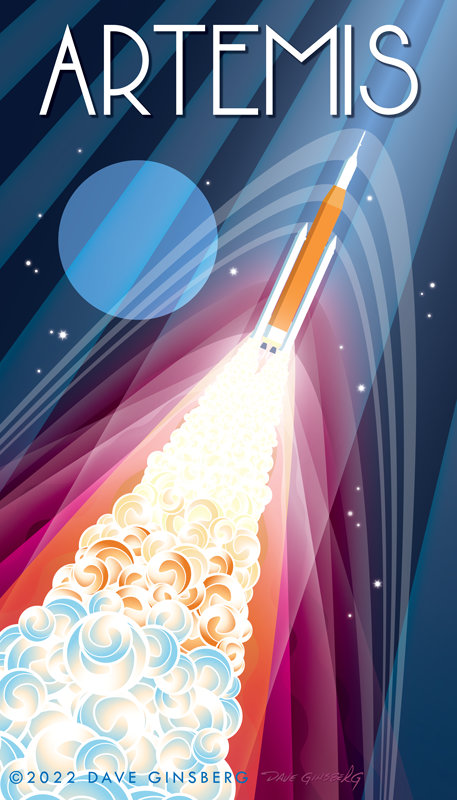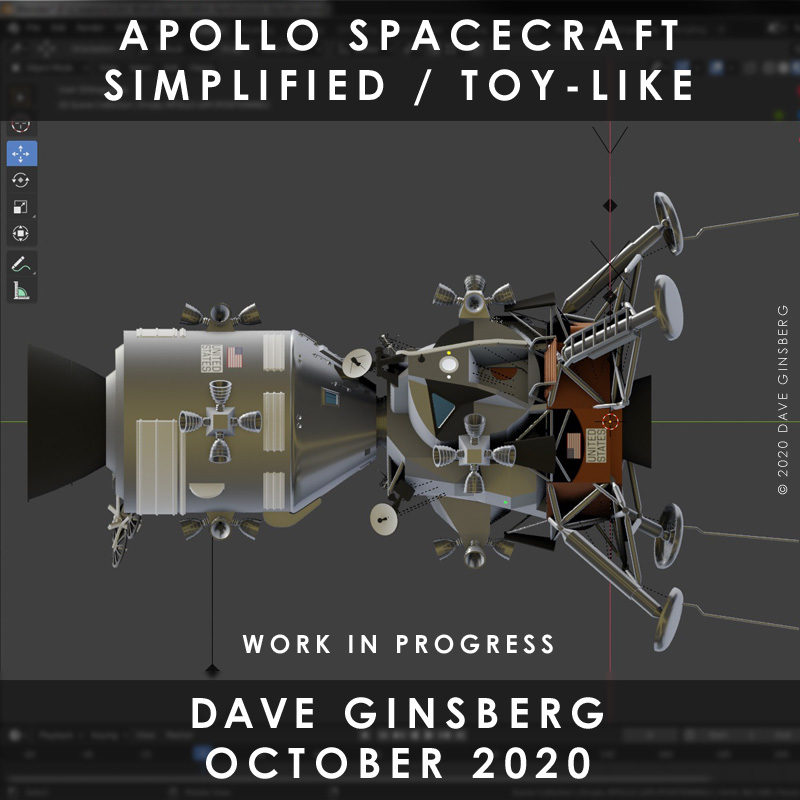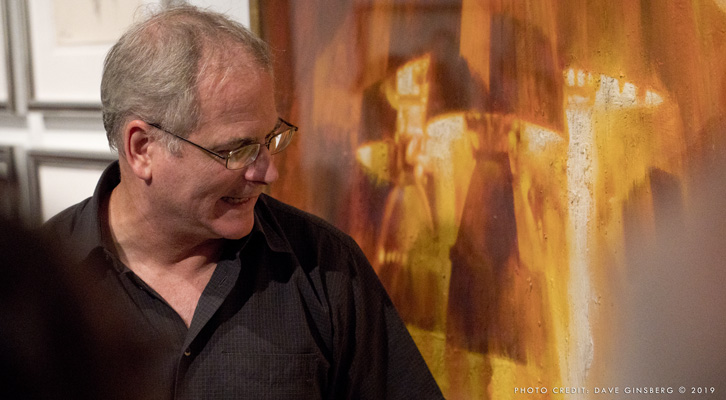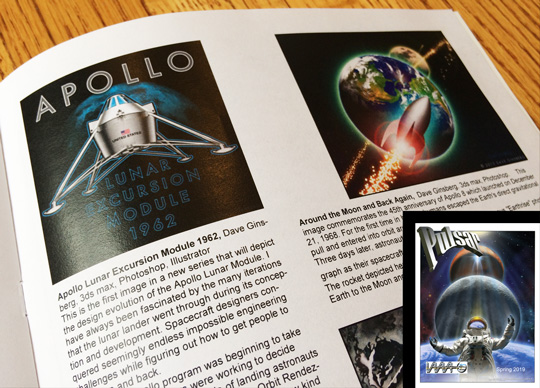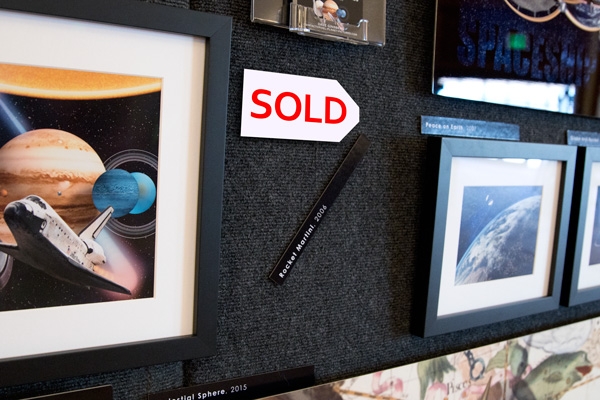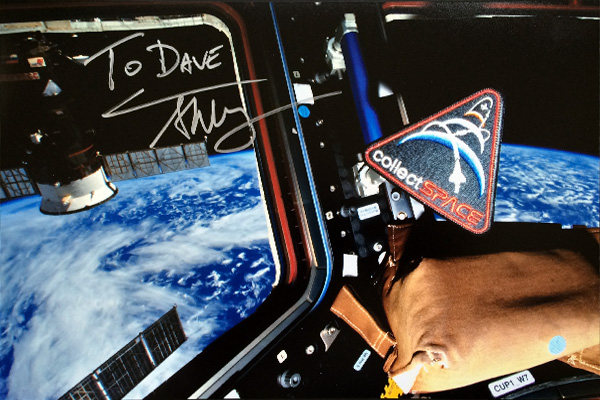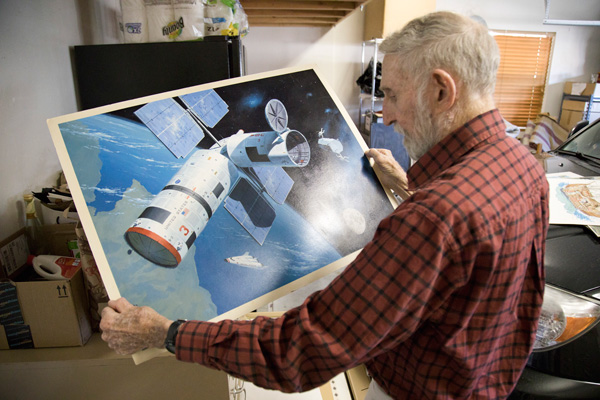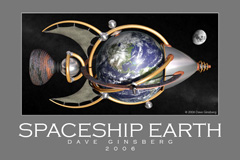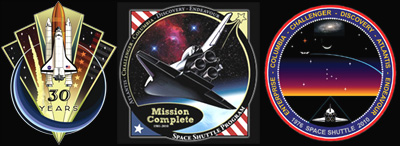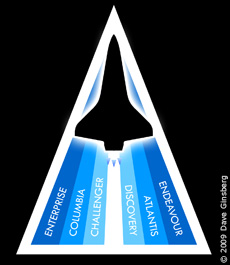The Dawn spacecraft has just entered orbit around the dwarf planet, Ceres. It was launched in 2007, coincidentally the same year my solar system mural was put on display at Seattle's Museum of Flight.
In the eight years since then, there has been something very interesting happening to the mural. The dwarf planet Ceres is disappearing from the picture ... literally.
When I created the mural in 2007, the great debate about what is and what is not a planet was still fresh in people's minds. Ceres and Eris had just joined Pluto in being classified as the three dwarf planets in the solar system family tree. Because of Pluto's popularity, and the emotional reaction many people had to its demotion in status, the other two remained less visible in the public's eye.
When the mural was hung in the Museum's new space gallery, I mused that it was likely the first of its kind in any museum to accurately depict the International Astronomical Union's new planet count: eight fully grown planets plus three dwarf planets. I didn't give much thought to how it might be received by the people coming to visit the museum. It wasn't until a few years later that I began to see physical evidence that the dwarf planets were getting noticed.
During my occasional trips to the museum, I often go into the space exhibit where the mural is displayed. I like to see it in its setting overlooking the Viking lander. I also like to see if I can catch any reactions of the people who see the mural. Kids are generally known to show great interest in reciting the names and order of the planets.
It was on one of these visits that I noticed something odd about the way Ceres appeared. It was smudged, and there appeared to be a divot in the canvas. Ceres was beginning to look more like a comet or a nebula than a dwarf planet. The likely cause quickly occurred to me.
Ceres is just within reach for many inquisitive young people. My guess is that they must be pointing to the unfamiliar object lying between Mars and Jupiter. Though I have never been there to actually witness anybody in the act, I can only imagine countless young people over the years grabbing their mothers or fathers by the leg, pulling them over to the mural, pressing their fingertips to that strange object on the wall, and asking, "Hey, what is that?"
When the Hubble Space Telescope set its gaze on Ceres over a decade ago, the pictures it took were quite fuzzy. As Dawn begins to take sharp close-up pictures of Ceres, people will no doubt start to get familiar with the once unfocused dwarf planet.
When new detailed maps are published, perhaps I will give Ceres a digital makeover. Then, I can offer the museum a sticker to cover up that fuzzy spot on the mural.
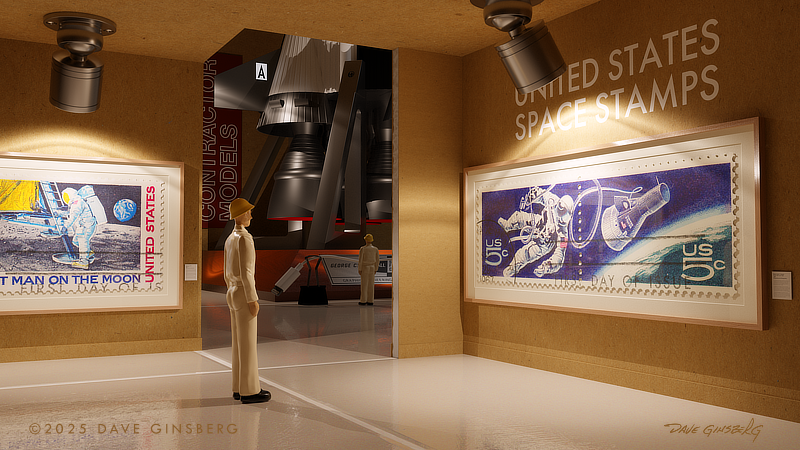








![ASF 40th anniversary logo with weekend events (Credits: Dave Ginsberg [upper left, lower right], Astronaut Scholarship Foundation [upper right, lower left])](_images/ASF-2024_post-feature-image_800x800.jpg)







